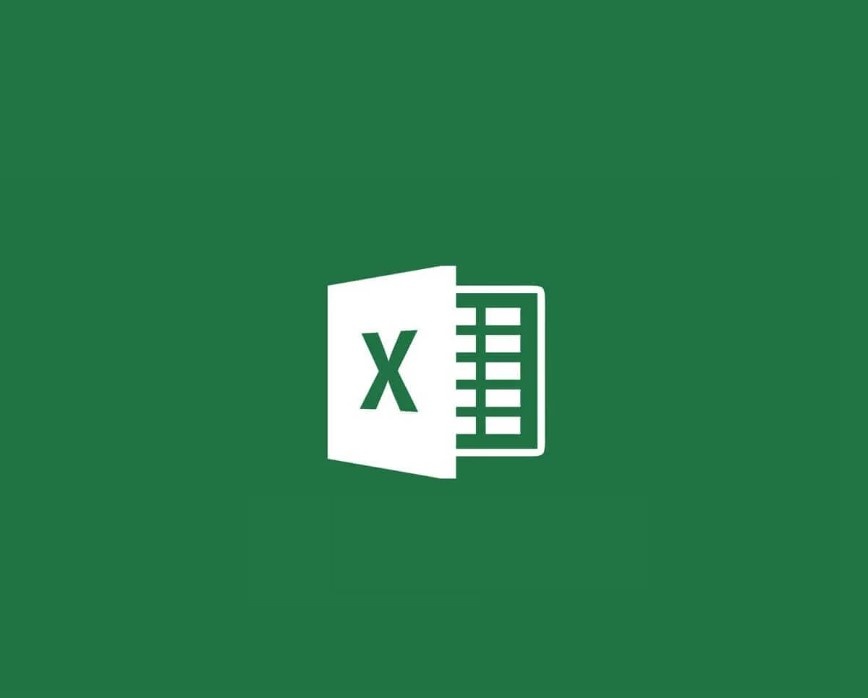Excel Blog
How do I Create a Budget in Excel?
Creating a budget is a crucial step towards managing your finances effectively. Excel provides a powerful tool to track your income and expenses accurately. In this step-by-step guide, we will show you how to create a budget in Excel. By following these instructions and utilizing Excel’s features, you can gain a clearer financial overview and make informed decisions for your personal or business budget. Let’s get started!
Step 1: Open Microsoft Excel.
- Launch Microsoft Excel on your computer.
Step 2: Set up your worksheet.
- Create a new worksheet by selecting “New Workbook” or press “Ctrl + N” on your keyboard.
- Rename the worksheet to something meaningful, like “Monthly Budget.”
Step 3: Specify your income sources.
- In the first column, list your income sources, such as salary, investments, or side gigs.
- Enter each income source in separate cells.
Step 4: Enter your income values.
- In the column next to your income sources, enter the corresponding income values for each source.
- Enter the values in the same row as the respective income source.
Step 5: Calculate your total income.
- In the cell below the income values, use the “SUM” function to calculate the total income.
- Enter “=SUM(cell range)” and replace “cell range” with the range of cells containing the income values.
Step 6: List your expense categories.
- In the following columns, create categories for your expenses, such as rent, groceries, utilities, etc.
- Enter each category in separate cells.
Step 7: Enter your expense values.
- In the columns next to each expense category, enter the corresponding expense values.
- Enter the values in the same row as the respective expense category.
Step 8: Calculate your total expenses.
- In the cell below the expense values, use the “SUM” function to calculate the total expenses, similar to step 5.
Step 9: Calculate your budget balance.
- In a separate cell, subtract the total expenses from the total income to calculate your budget balance.
- Enter a formula similar to “=Total Income – Total Expenses” using the appropriate cell references.
Step 10: Format your budget worksheet.
- Apply borders, shading, and font formatting to make your budget worksheet more visually appealing.
- Adjust column widths to ensure all data is displayed appropriately.
Step 11: Save your budget.
- Click on the “File” tab and select “Save As” from the menu.
- Choose a location on your computer to save the budget file and provide a file name.
Congratulations! You have successfully created a budget in Excel. By following these step-by-step instructions, you have set up a budget worksheet, entered your income and expenses, and calculated your budget balance. Excel’s formulas and functions help automate the calculations, providing you with an organized and systematic approach to managing your finances. Adjust and update your budget as needed to ensure it remains accurate and up to date. Start budgeting in Excel today and take control of your financials!
Maximize your work potential and unleash your creativity with Microsoft Office, the unrivaled software suite. Access it now on our website and unlock a world of possibilities.

